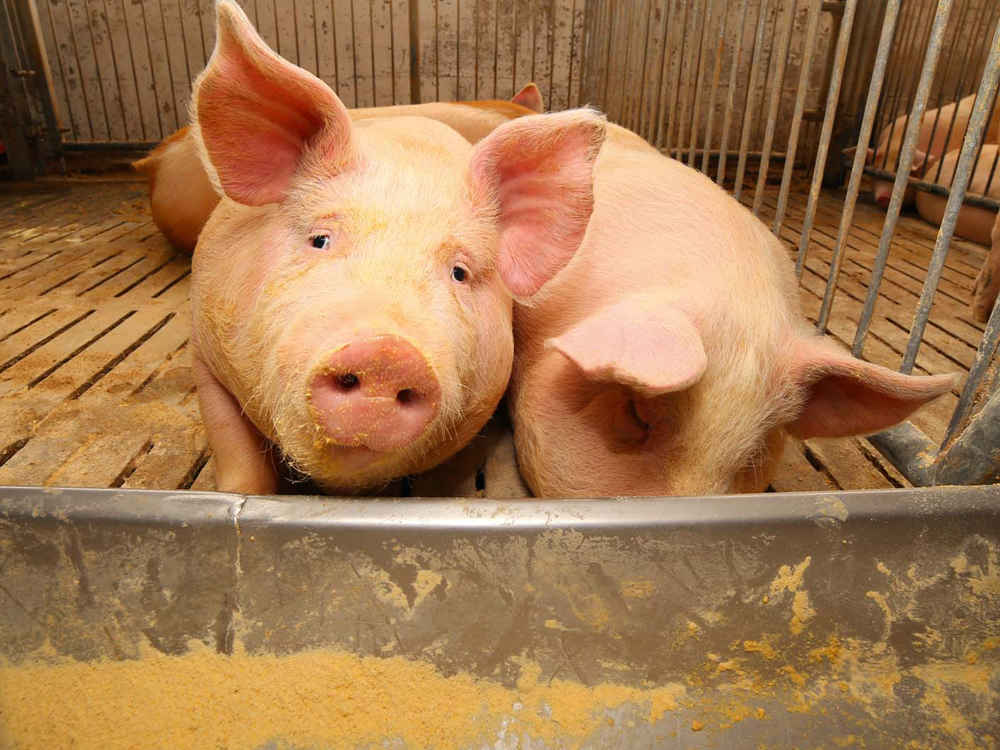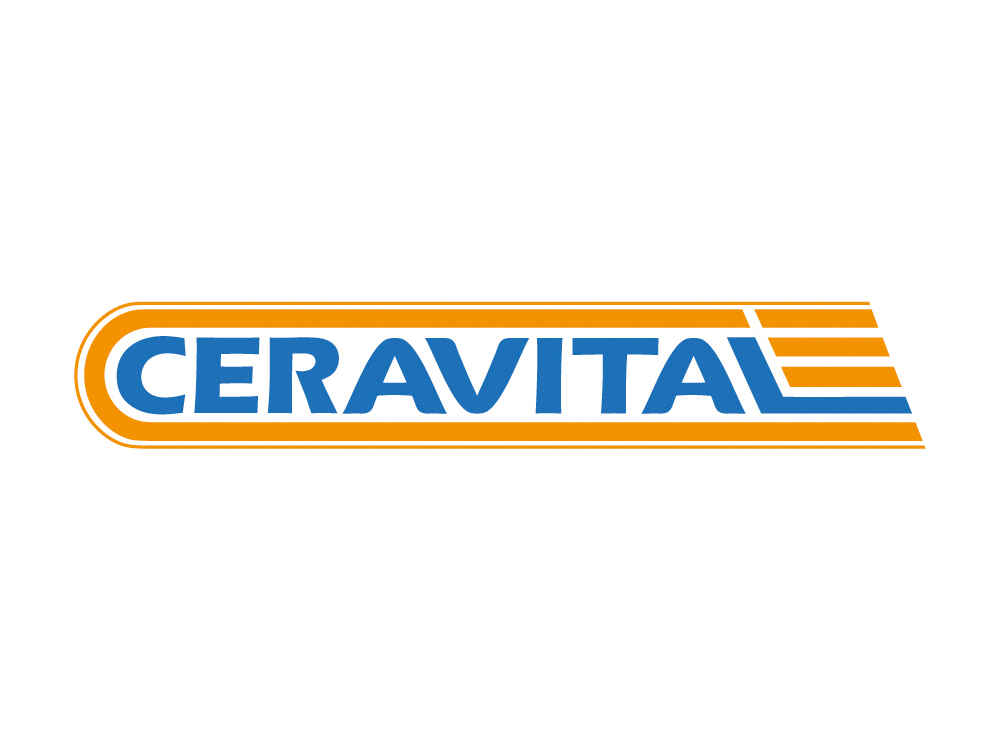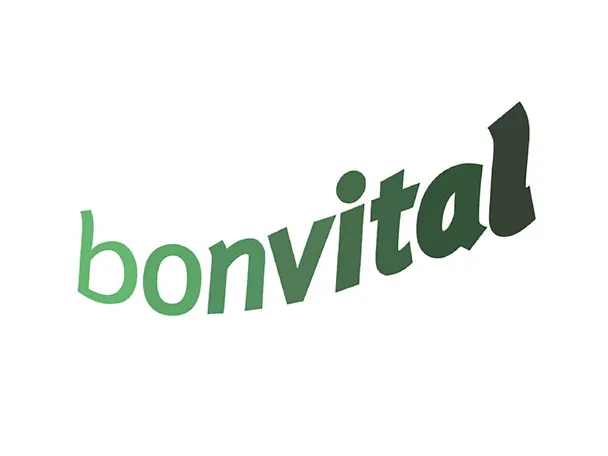Pig fattening: keeping feed costs under control

© ChiccoDodiFC / Fotolia
The possibilities for optimal, cost effective pig fattening are many. There is potential for savings in terms of feed costs, but the management of fattening pigs also plays a decisive role. Read more.
The development of reserves or potential regarding feed costs for fattening pigs is becoming increasingly important. There are many approaches to saving in this area. Parasitic and worm infestations are factors that can negatively affect biological performance and reduce feed consumption. Strong fly infestation makes animals restless and costs food due to their increased movement. Along with transmitting diseases, rodents can also destroy some feeds.
The development of reserves or potential regarding feed costs for fattening pigs is becoming increasingly important. There are many approaches to saving in this area. Parasitic and worm infestations are factors that can negatively affect biological performance and reduce feed consumption. Strong fly infestation makes animals restless and costs food due to their increased movement. Along with transmitting diseases, rodents can also destroy some feeds.
It is worthwhile to use acids, because poor feed hygiene means wasted feed
Deficiencies in feed hygiene affect animal performance and reduce feed quality and waste nutrients. The use of SCHAUMACID feed acids to stabilise the digestion and ensure feed hygiene in dry and liquid feeding improves feed utilisation while preventing nutrient degradation through such biological conversion processes as fermentation.
Optimising feeding technology and management
Providing sufficient space for feeding and designing a good feeding place prevents feed waste. Additionally, unnecessary feed cost increases result from protein surplus, such as in the final fattening phase and from excessive final fattening weight. Protein surplus increases protein secretions, while excessive final fattening weights lead to poorer feed utilisation. Phased feeding also offers savings potential. For example, a three-phase feed compared to a general-purpose feed saves € 3 - 4 feed costs per fattening pig.
Recognise hidden costs of cheap feed and ancillary products
With high grain and soy prices, the temptation to use low-priced components of partially unknown origin is great. Strongly fluctuating and negative ingredients, critical mineral contents such as potassium, deficiencies in palatability and digestibility and poor mixing behaviour and short shelf life often limit the practical use of such products. In addition, any additional costs, such as transport, storage and control analyses, must also be considered for ancillary products.
Improve feed conversion and nutrient digestibility through special additives
The use of the probiotic BONVITAL in the feed ensures stable digestion in dry and liquid feeding plants and thus improved performance with less feed consumption by the pigs. CERAVITAL from SCHAUMANN research offers new possibilities for reducing feed costs. The addition of the active ingredient makes the conversion of energy and protein components even more effective and increases the digestibility of poorly utilisable nutrient fractions such as NSP. Side effects are healthier animals and clean pigstys.
Saving soy with special mineral feed
At higher prices for protein feed, the increased use of free amino acids such as lysine, methionine, threonine and tryptophan offers new possibilities. For example, with different soy prices, there are cost advantages of about € 0.50-1.50 per fattening pig, depending on whether a mineral feed with 12% lysine (SCHAUMAPHOS M 120) or one with lower lysine contents (such as 6%) lysine is used. The protein load of the animal and the environment are also reduced.
Success through bundling measures
Overall, the possibilities presented for each farm offer enough potential to optimise feed costs in pig production. However, effective improvement is only achieved by bundling all measures.



